Train travel New Zealand: the Overlander
New Zealand train journeys are a popular option for travellers wanting to see a bit more of the country. The longest of these journeys, and the one that’s most likely to be considered as an alternative to flying or driving, is the Overlander train between Auckland and Wellington.
The cost of this trip has tumbled dramatically over the last few years. While it’s still not as cheap as some of the discount airline specials, you don’t need to be fast or lucky to get a train ticket for less than $100. I paid $89 at short notice, and specials go as low as $49. There’s really no need for a New Zealand train tour, booking is cheap and easy. As long as you’re not in a hurry, the train is also more convenient than flying. The stations in both Auckland and Wellington are right in the heart of town, you can take your nail scissors on the train, and there’s also the option of getting on or off along the way at smaller places like Ohakune or Otorohanga.
Read more about travel in New Zealand
- New Zealand travel
- 8 Adrenaline-Pumping Adventures in New Zealand
- Top 10 things to do in New Zealand
- What to eat and drink in New Zealand
- Top 5 things to do in the New Zealand summer podcast
- Top 10 cheap things to do in Auckland, New Zealand
- Going tramping — planning your summer hikes in New Zealand
Top Tours in New Zealand
I must emphasise the “not in a hurry” bit. Anyone who’s expecting a European-style train whizzing along billiard-table-smooth tracks at 300km/h in a blur of precision engineering is going to be disappointed: the Overlander takes 12 hours, sometimes longer. On some sections it’s probably lucky to crack 50km/h. Fortunately there’s lots to look at, and generally the slower the train is going the more there is to see.
Catching the Overlander train is pretty easy. You can buy New Zealand train tickets on the Transcenic website, or over the phone. You might be able to get one on the day of departure too, but I wouldn’t recommend trying that on a busy day. If you’re leaving from Wellington, it’s not all that obvious what to do with your ticket at the station. You need to take it up to the ticket office with the tiny little Overlander sign, get assigned a seat, and drop off anything that needs to go in the baggage carriage.
From Wellington the line cuts through a set of tunnels and over the Ngauranga Gorge. The staff on the train do a running commentary of significant parts of the route, like long tunnels or important bits of scenery. Speaking of staff, the people on my train were excellent: friendly, helpful and knowledgeable. Heading north along the coast, the track gradually climbs above the level of the road, which gives a good view of the Kapiti coast and the offshore islands.
Unfortunately the track then cuts inland. With the best will the world, I can’t find much good to say about the landscape of the Horowhenua and Manawatu, except that they have some impressive mountains in the background. You can always take the opportunity to have a look at the viewing platforms while no-one else is interested in the scenery. The train has a fairly small outdoor platform at the front of the first carriage, and an indoor viewing lounge at the back of the last carriage. If you want to take photos the outdoor platform is definitely the best place to be, although it’s cold and gets pretty crowded when you pass scenic spots.
The train makes stops at several centres in this part of the world, most notably in Palmerston North where it would normally swap the diesel for an electric locomotive (incompatible electrical systems on the main trunk line being New Zealand’s answer to incompatible rail gauges in other countries). I can’t tell you how much difference this would make in the subsequent hill-climbing, because our particular trip didn’t end up getting an electric loco. From there, though, the scenery gradually gets more dramatic as you climb into the Central Plateau, including the Rangitikei gorge and several other impressive river valleys. There’s some amazing rugged countryside north of Taihape, complete with pictureseque sheep on the hillsides and many mature kowhai trees.
The train makes a timetabled lunch stop at Ohakune, and while the little cafe at the railway station doesn’t have a huge selection, the food is good. The food and drink for sale on board the train, on the other hand, is expensive and not terribly exciting. The mince pie may be a railway staple but it doesn’t necessarily tick all the boxes for the 21st century traveller (although the chicken curry was far better than you might expect, or at least better than I expected). You’d be wise to stock up at the supermarket before your trip, especially if you’re vegetarian. Even omnivores will probably want some extra snacks available.
North of Ohakune and through to National Park is probably the most dramatic part of the whole trip, as the train crosses a couple of long and very high viaducts, including the amazing Makatote viaduct. Definitely worth standing outside for. Further north, the track winds through the King Country; this is one of the slower parts of the trip, but again the scenery is worth looking at. If you tire of dramatic hillsides, winding rivers, and verdant greenery, you may wish to resort to your book at this point. My book remained untouched for the whole trip. Regional centres like Tamaranui also get a visit from the train, before it pulls into Hamilton. The smaller places are very much wrapped around the train line, with the tracks running parallel to the main road in several places. Hamilton train station feels a bit like an afterthought — Hamilton’s creeping gentrification apparently hasn’t made it as far as the train tracks.
North of Hamilton the track follows the mighty Waikato for some time, and like me you might expend some mental effort wondering how the train is going to climb over the Bombays as it continues to follow the downwards course of the river. I can’t give you a definite answer to that question, as river and train go their separate ways, you get to see some Waikato back country, and then the southern outskirts of Auckland appear. This just reinforces my opinion that the Bombays are more a state of mind than a real piece of geography.
Unfortunately, this sudden appearance just serves to reinforce just how far south the outskirts of Auckland run; it’s a long way from there to Auckland city and the end of the line.
If you were coming into Auckland for the first time, this last stretch would probably create some geographical confusion. The train takes the eastern loop into town, cutting around the back of Mt Wellington and St Johns, and through the middle of paddocks that you might not expect to see near the centre of New Zealand’s largest city. The confusion should be compensated for by nice views across Parnell and Hobson’s Bay as you approach the downtown Britomart station.
If you’re travelling and don’t need the absolute fastest trip between Auckland and Wellington … go by train. It’s true that even the most determined sight-seer will get a bit tired after 12 hours, but you can break the trip up over a few days if you want to stay fresh. Friends have caught the train in Ohakune to get to Wellington, a more reasonable half-day trip.
Even in the age of the $3 airfare, there’s a certain romance to train travel in New Zealand that a Boeing can’t match.
Photos supplied by the author. More Overlander train photos here.


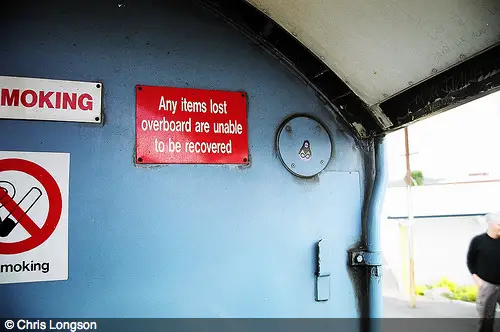
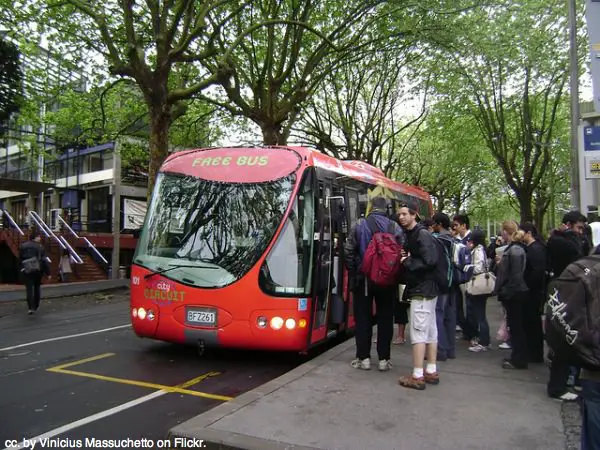
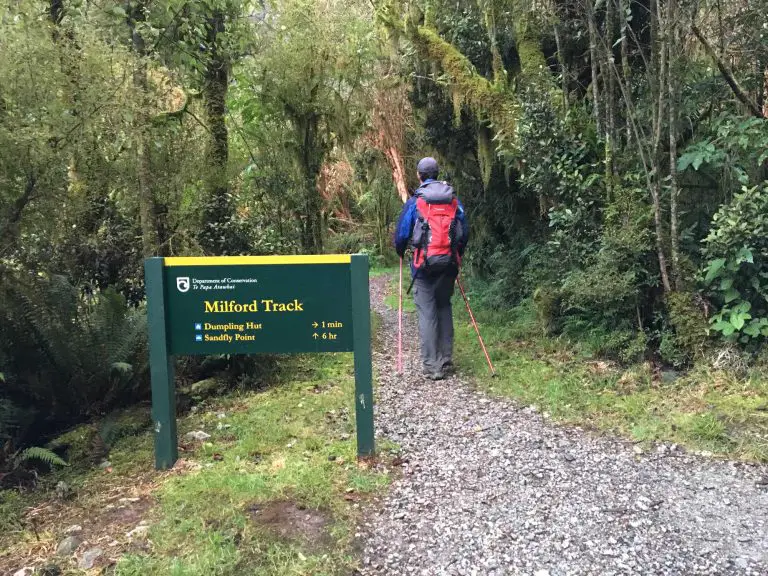
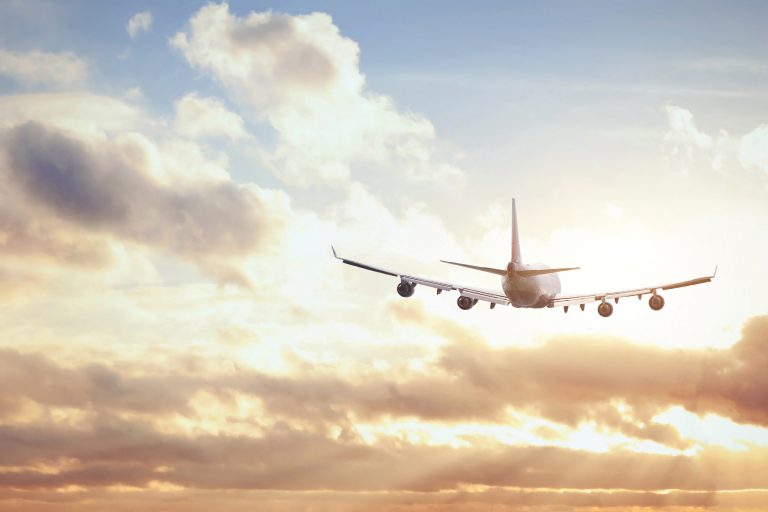
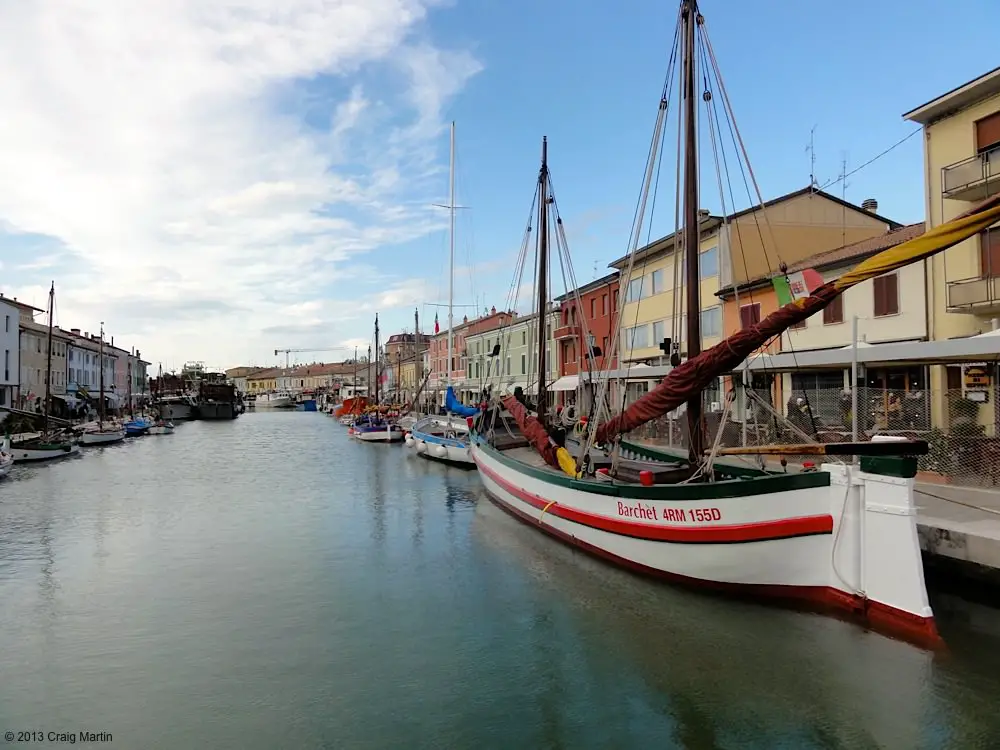
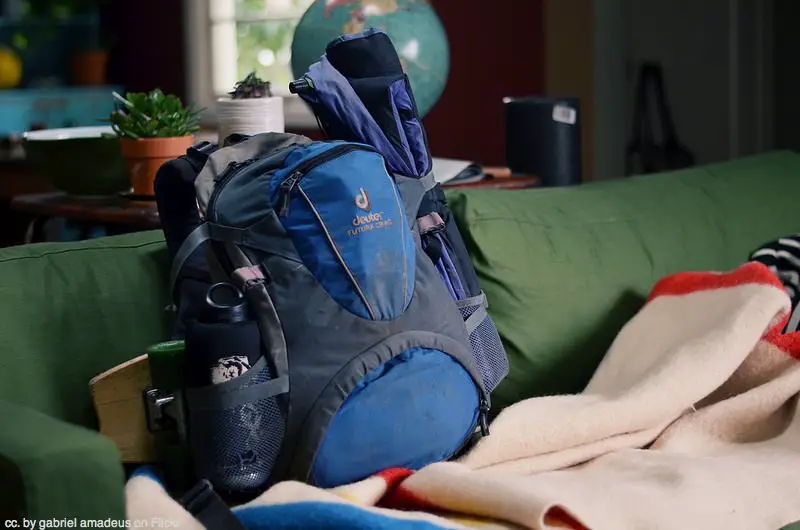
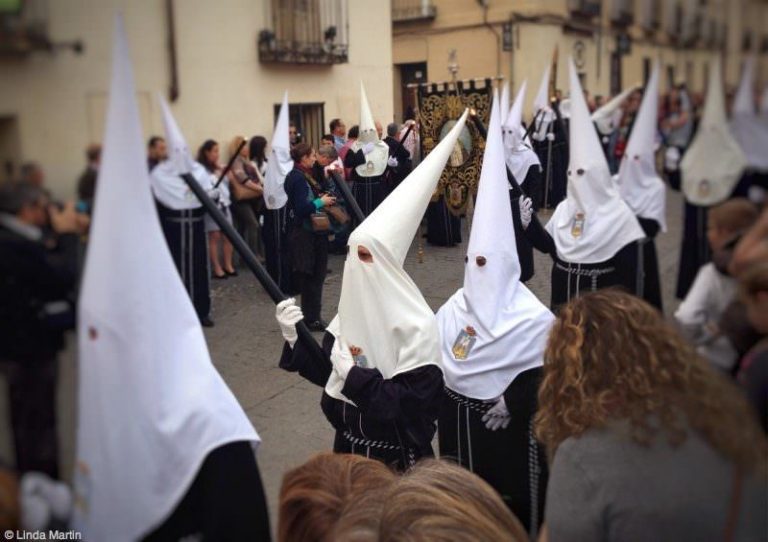
Ah, this is perfect timing! I’m in the process of researching for my trip to New Zealand (my readers voted for me to move there, and I’ll be arriving early in February) and hadn’t yet heard anything about the train services available.
Needless to say, after reading this I’ll be hopping on for the 12 hour ride instead of snagging a flight. Sounds like a great experience (and I love trains)!
Very well written.
Hi Colin, good to see you here again. Crowdsourcing your country location? Classy, mate!
If you enjoyed this, you’ll love the next ITP travel magazine; we’ve got a massive New Zealand summer feature, so it’ll be perfect for you.
We should still be around, probably packing furiously, when you arrive in early February. Make sure you look us up for a welcome/goodbye drink or three.
Brilliant – now I have a new train route to fall in love with! I try to take the train wherever I go…it’s such a great way to see the country.
wow i now so want to go there and have a journey to remember all my life
Haha! We’re just editing a piece on the Andes Mountain train … wait a week or two and we’ll see how excited you get then. Even though we’re always travelling, editing awesome travel stories makes you so … so … jealous!
Great piece, this might have to be my warmup for the Trans-Siberian Railway
Don’t get me started on the Trans Siberian … I’m so looking forward to doing that one day!
Looks incredible. I travelled New Zealand by car before, but the train looks like a whole new adventure, definitely one to consider for the future, thank you 🙂